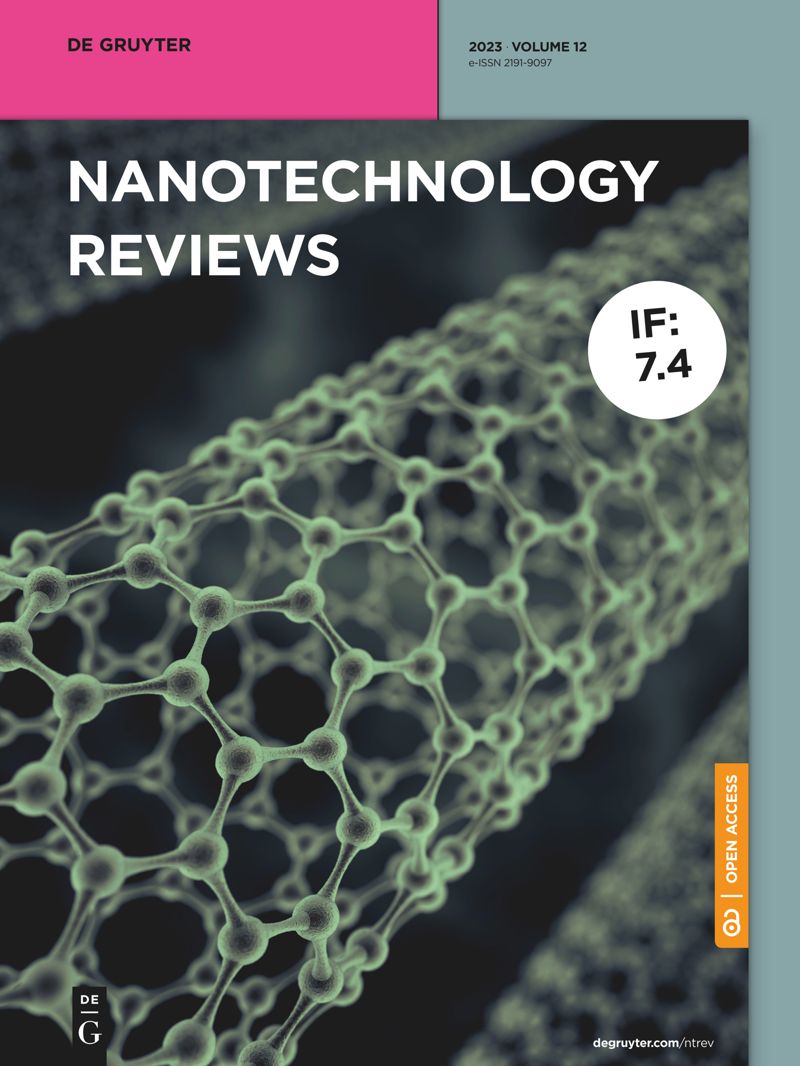聚乙烯醇纤维对复杂环境下纳米sio2增强地聚合物复合材料力学性能的影响
IF 6.1
3区 材料科学
Q1 CHEMISTRY, MULTIDISCIPLINARY
引用次数: 0
摘要
摘要在役建筑受到高温、高湿、无机盐侵袭等多重耦合因素的复杂环境的严重影响。在复杂的环境下,研究了不同剂量聚乙烯醇(PVA)纤维掺入纳米二氧化硅增强地聚合物复合材料(NSGPC)的力学性能。采用模拟环境箱模拟相对湿度为100%、温度为45℃、NaCl溶液浓度为5%的复杂环境。采用重量为1.5%的纳米sio2和体积为0、0.2、0.4、0.6和0.8%的PVA纤维,制备了粉煤灰/偏高岭土聚合物复合材料(GPCs)。测定了NSGPC在模拟环境室腐蚀60 d后的抗压强度、抗拉强度、弹性模量和抗冲击性。然后,分析了复合耦合环境下PVA纤维用量对NSGPC力学性能的影响。此外,利用扫描电子显微镜(SEM)对复杂环境下NSGPC的微观结构行为进行了评价和分析。结果表明:当PVA纤维含量增加至0.6%时,NSGPC的抗压强度、抗拉强度、弹性模量和抗冲击性能均有所增加,但随着PVA纤维含量的增加,该材料的抗压强度、抗拉强度、弹性模量和抗冲击性能均有所下降,但仍高于参考试样;当PVA纤维添加量为0.6%时,NSGPC的性能最好,分别增加了13.3%、12.0%、17.2%和522%。SEM分析结果表明,PVA纤维和NS的使用显著改善了GPC的力学性能和微观结构行为,使GPC的内部结构在复杂环境下更加坚固紧凑。研究结果可为复杂环境下的建筑设计提供理论指导。本文章由计算机程序翻译,如有差异,请以英文原文为准。
Effect of polyvinyl alcohol fibers on mechanical properties of nano-SiO2-reinforced geopolymer composites under a complex environment
Abstract Buildings in service are severely affected by the complex environment with multiple coupled factors such as high temperatures, humidity, and inorganic salt attack. In this work, the mechanical properties of nano-SiO 2 -reinforced geopolymer composites (NSGPC) incorporated with varying dosages of polyvinyl alcohol (PVA) fibers were investigated under a complex environment. A simulated environmental chamber was employed to simulate the complex environment with relative humidity, temperature, and NaCl solution concentration of 100%, 45°C, and 5%, respectively. Fly ash/metakaolin geopolymer composites (GPCs) were fabricated by utilizing 1.5% nano-SiO 2 by weight and five various dosages of PVA fibers by volume (0, 0.2, 0.4, 0.6, and 0.8%). The compressive strength, tensile strength, elastic modulus, and impact resistance of NSGPC eroded in a simulated environmental chamber for 60 days were determined. Then, the impact of the PVA fiber dosage on the mechanical properties of NSGPC under complex coupled environments was analyzed. In addition, scanning electron microscopy (SEM) was employed to evaluate and analyze the microstructural behavior of NSGPC under complex environments. Results indicated that the compressive strength, tensile strength, elastic modulus, and impact resistance of NSGPC increased with increasing PVA fiber to 0.6% and then decreased with a continuous increase to 0.8% but remained higher than those of the reference specimen. NSGPC exhibited the best performance at a PVA fiber dosage of 0.6%, which increased by 13.3, 12.0, 17.2, and 522%, respectively. The outcomes of SEM analysis indicated that the usage of PVA fiber and NS remarkably improved the mechanical properties and microstructural behavior of GPC by making the inner structure of GPCs more robust and compact under a complex environment. The outcomes of this work can provide theoretical guidance for buildings serving under a complex environment.
求助全文
通过发布文献求助,成功后即可免费获取论文全文。
去求助
来源期刊

Nanotechnology Reviews
CHEMISTRY, MULTIDISCIPLINARY-NANOSCIENCE & NANOTECHNOLOGY
CiteScore
11.40
自引率
13.50%
发文量
137
审稿时长
7 weeks
期刊介绍:
The bimonthly journal Nanotechnology Reviews provides a platform for scientists and engineers of all involved disciplines to exchange important recent research on fundamental as well as applied aspects. While expert reviews provide a state of the art assessment on a specific topic, research highlight contributions present most recent and novel findings.
In addition to technical contributions, Nanotechnology Reviews publishes articles on implications of nanotechnology for society, environment, education, intellectual property, industry, and politics.
 求助内容:
求助内容: 应助结果提醒方式:
应助结果提醒方式:


